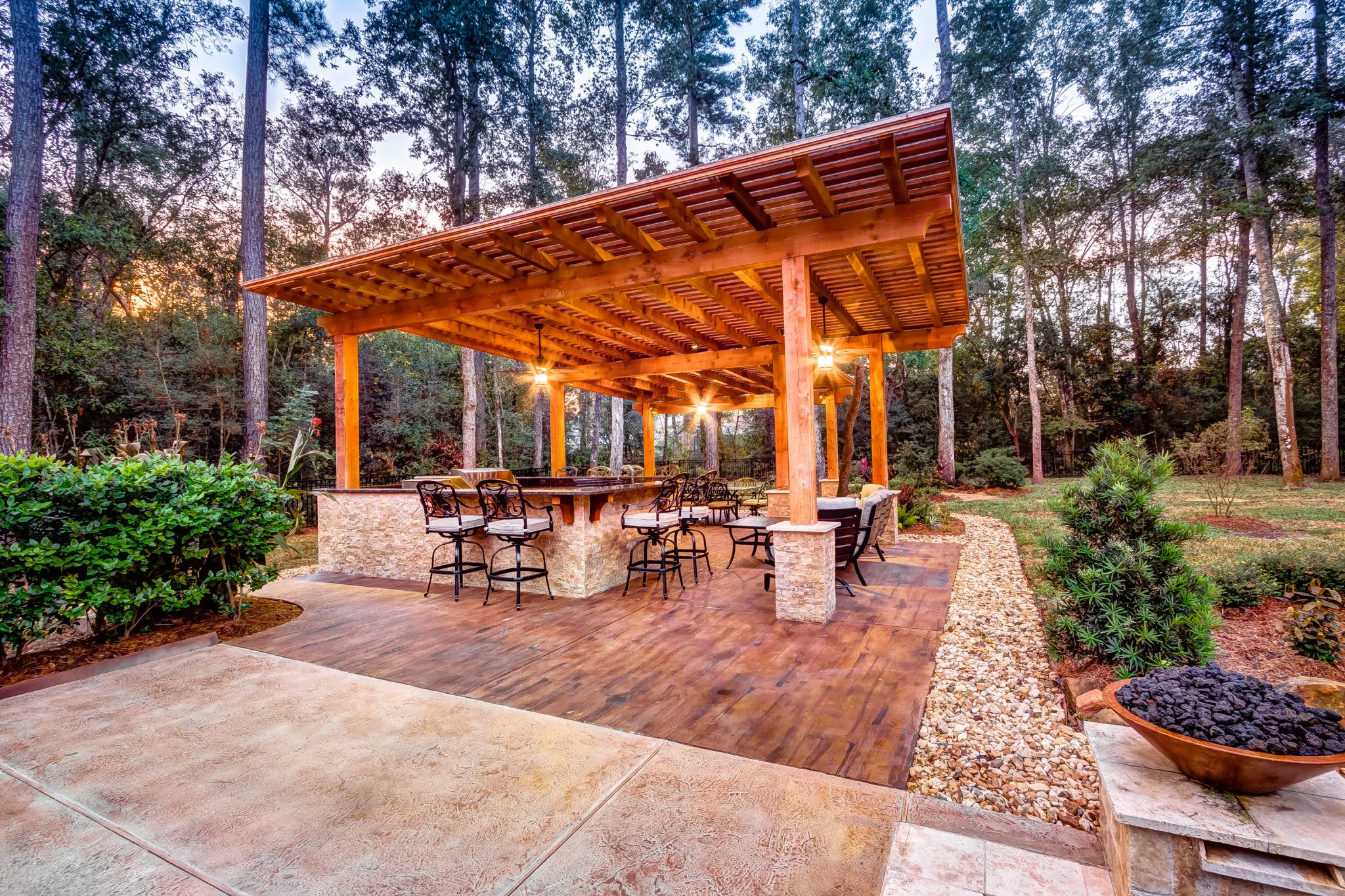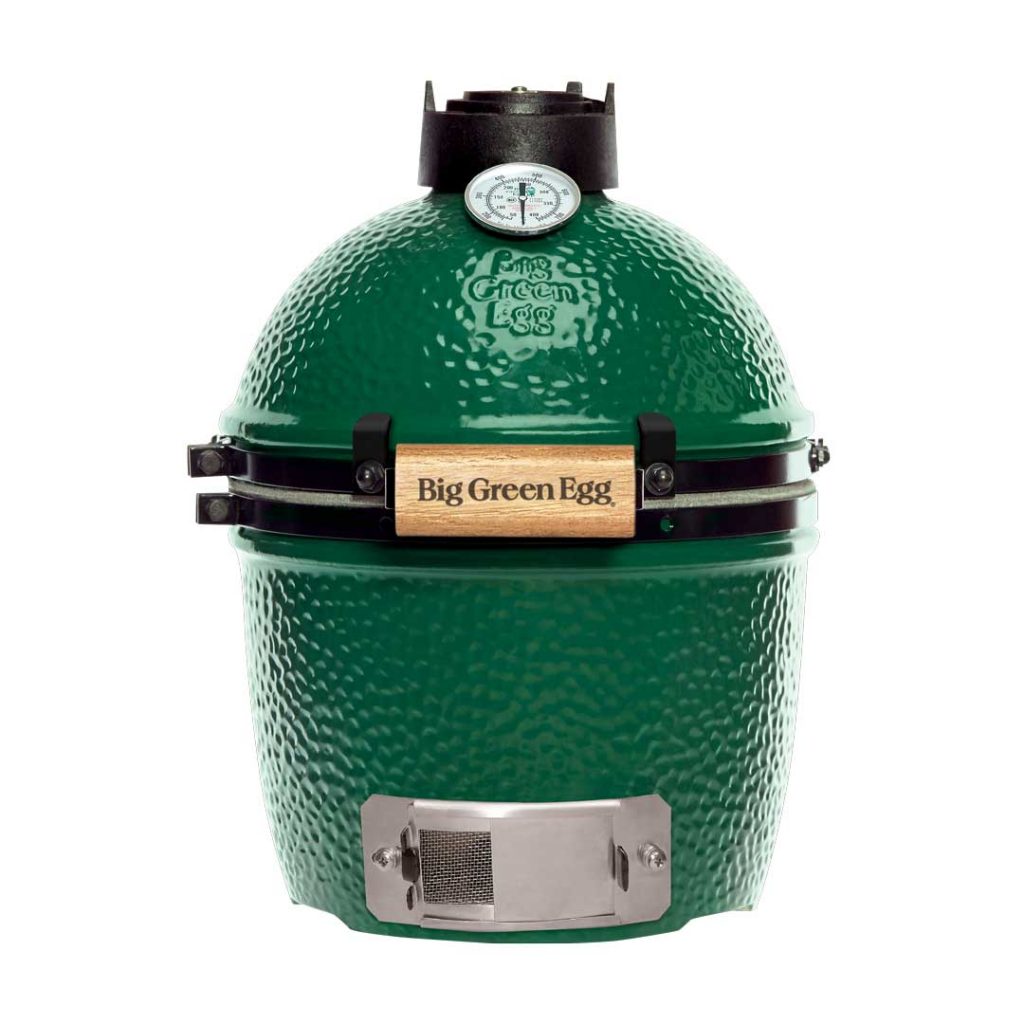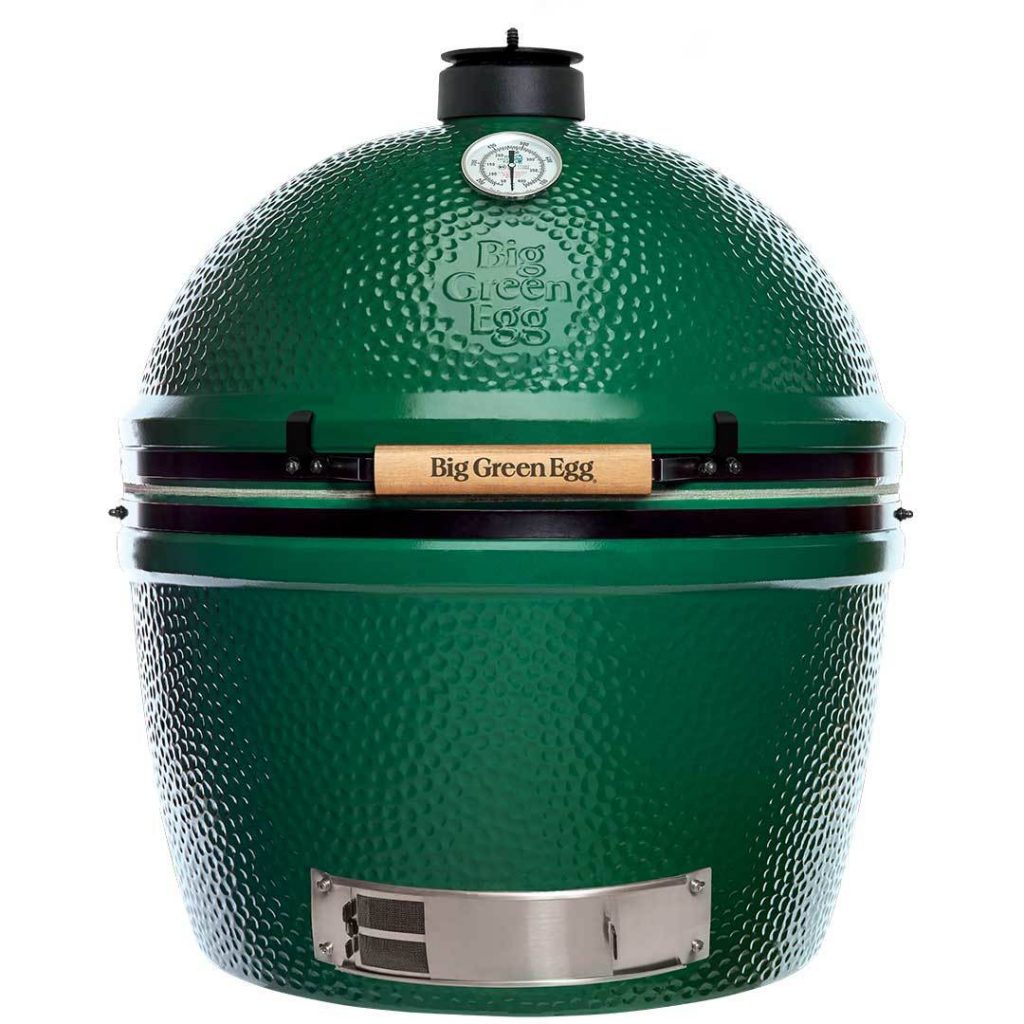Designing an outdoor kitchen means designing a space that can withstand the elements on a daily basis. Certain features or construction materials that are perfectly acceptable indoors can’t survive outside. This is particularly important when it comes to outdoor kitchen flooring materials. The floor will inevitably be covered in dirt or splashed pool water at some point, so it had better be strong enough to withstand abuse.
From the appliances to the flooring, your new outdoor kitchen should be completely weatherproof. Find the best outdoor kitchen flooring materials to withstand the elements here. #Creekstone #outdoorliving Click To Tweet
Durable Flooring Materials
Two common types of material are often used for outdoor kitchen floors: concrete or a form of treated wood. Both have their pros and cons depending on your local climate and decorative preferences. Before building your outdoor kitchen, look over this list of popular flooring materials and consider which type will work best for you:
- Pressure-treated lumber
- Cedar
- Redwood
- Composite wood
- Concrete
1) Pressure-Treated Lumber
Using high pressure, preserving agents are forced deep into wood to create pressure-treated lumber. This type of wood stands up remarkably well to moisture, making it an ideal choice for humid environments. Pressure-treated lumber is easily manufactured and relatively inexpensive compared to other materials, but does require annual maintenance to retain its appealing color.
2) Cedar
Cedar wood has a well-deserved reputation for being beautiful and resistant to both rot and bugs. While it does cost slightly more than pressure-treated lumber, it’s also very durable and will last for many years without rotting or weakening. The only potential drawback is the color. Over time, cedar weathers to a silvery gray color. Many homeowners still love this color, but if you’re looking for an outdoor space that looks the same for years, cedar may not be for you.
3) Redwood
Redwood may have a higher price tag than other natural wood floorings, but it’s very much worth it. This wood already resists rot on its own, and once sealed, it lasts longer than any other wood floorings on the market. Better yet, redwood retains its color far longer than cedar. It still fades with time, but the vibrant reddish color will last for years.
4) Composite Wood
Strictly speaking, composite wood is not true wood, but a convincing copy. This material consists of plastic and wood fibers pressed tightly together into boards. Composite wood looks and feels virtually identical to genuine wood, but due to its high plastic content, it lasts far longer. It also requires virtually no maintenance. Plastic can’t soak up water or rot, after all!
5) Concrete
Wooden flooring provides an elegant flair that is difficult to duplicate. However, homeowners who prefer a low-cost, low-maintenance, and durable flooring material will appreciate concrete. If the idea of a gray, lifeless concrete floor sounds unappealing, don’t worry–concrete is a remarkably versatile material! Concrete can be stained a variety of colors or even stamped with textures that resemble elegant bricks or tiles. Repairs are very straightforward as well. While constant use will eventually cause concrete to chip or crack, replacing the slab costs significantly less than repairing a wooden floor.
Pro Tip: Stamped concrete laid by a professional looks identical to color bricks or tiles. This style of flooring gives you an elegant aesthetic at a fraction of the cost of other materials!
Creating an Appealing Outdoor Space
There’s no “correct” choice for flooring materials used outdoors. However, beginning the project with an understanding of your local climate and maintenance schedule will help you find the best material for your particular outdoor kitchen.
Connect with us to browse our outdoor living designs and building materials.





